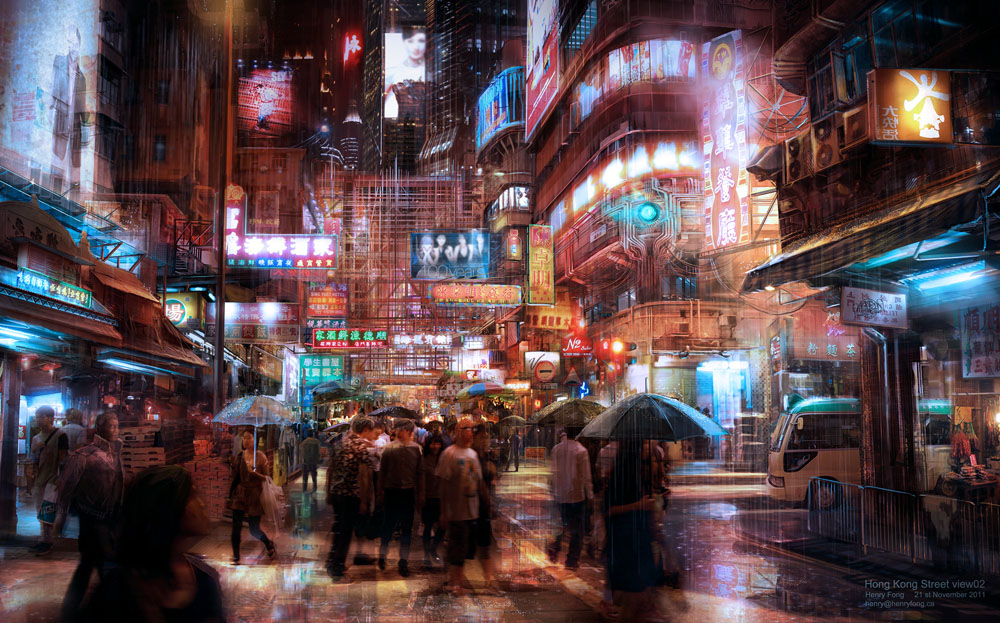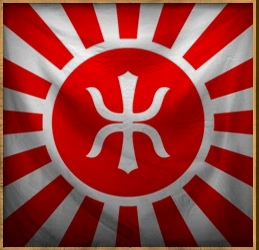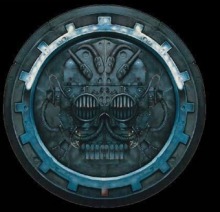What if the Renaissance happened in a different continent?

Image Credit: Henry Fong, 2013AD
It's the first day of the first month of 2401 and people around the world are celebrating the dawn of a new century. But it's not 2401 years from the birth of Christ, as the quaint peoples of the Europan State still insist on counting the time, but twenty-four centuries since the birth of Confucius.
The foundation of the modern world was built, perhaps, from small swings in fortune in the distant past. By the year 773, the customary cutoff date that modern historiographers use to differentiate the Early Imperial Era from the Dark Interregnum, the civilised world was dominated by two vast continental empires. To the west, stretching across Southern Europe, stood the European Empire - or, as the people at the time called it, Rome. To the east, stretching across the Continental mainland, stood the Central Empire - or, as the people at the time called it, the Han.
But history sometimes swings on a knife's edge and the fates that befell these empires could not be more different.
Europa... was Europa, here always and forever. While it would have its moments of turbulence, being invaded or sometimes even conquered by barbarian hordes from the north, suffering civil wars of ambitious generals and overeager provincial administrators, and counting the costs of droughts and floods alike, Europa stood and Europa endured, with wealth unparalleled anywhere in the world and a government more enlightened and sophisticated than any other known by man.
On the other side of the world, the abdication of Emperor Xian in 772 broke the Central Empire and the subsequent invasions by nomadic barbarians shattered what pieces were left, crushing the Eastern heartland into a dozen shards of broken glass that never put themselves back together. For centuries thereafter, the petty warlords and barbarian chiefs that ruled over these splintered pieces would dedicate their none-too-substantial resources mostly to more war and more destruction, their egos grasping at the glory and fortune of the long-dead Empire.
It may therefore have come as a considerable surprise to any immortal observers of history, if there were any, that when the descendants of the Han finally stood face-to-face with the descendants of Rome, it was the former who utterly humiliated the latter and not vice versa.
In retrospect, though, it is obvious enough why. The Europeans never had any incentive to innovate. The struggles of Rome, Constantinople, or Lutetia were always internal, the constant political intrigue against rival factions in government and rival interests in the civil service, with the occasional swatting of irritating barbarians. But the wealthy and powerful of Shanghai, Kwangchow, or Hanseong? They knew very well just how weak and vulnerable they were. A small ripple in the diplomatic scene next year and their country could disappear overnight, absorbed into some hated rival or nearby powerhouse. A stateman's duty was not to play the court, but to amass as much land as possible - or trade, or loyalty, or whatever else brought in the coin to pay mercenaries with.
In retrospect, it seems almost inevitable that the people who discovered and colonised the New World were the same people used to endless wars of conquest and risky ventures, who were keenly aware of their small place in and great ignorance of the world - not the self-assured and so-called "civilised" aristocrats dismissive of anything the barbarians outside their borders might put out.
In the end, not even Europa, with its wealth and might that in the past seemed so endless, could make a stand against the horde of gunpowder-armed, commerce-savvy, and steamship-sailing Easterners that East Asia put out by the millions.
Greetings! This is a nation-based alternate-history RP with a simple concept: what if it was East Asia that collapsed into a dark age and moved forwards into the age of exploration, instead of Europe? If Asian culture survived to evolve into the modern era, instead of being suppressed by European thought, what would that have looked like?
The world of Aftermath of Empire is, technologically, identical to our information-era world of 2020, and there are eerie social parallels, but many things have been completely changed. Because the American west is a far more hostile place than the east, the American natives have survived in much greater numbers. Liberalism and conservatism in this world are not extensions of Christian thought, but extensions of Confucian philosophy.
Suggestions for this RP are very much welcome - what else do you think would have changed, socially, economically, politically, and diplomatically, if the bedrock of modern international culture was Chinese instead of Western European?
Comments on this RP, even if it isn't a suggestion, are also very welcome.
Japan, the Empire of
Lechia, the Kingdom of








